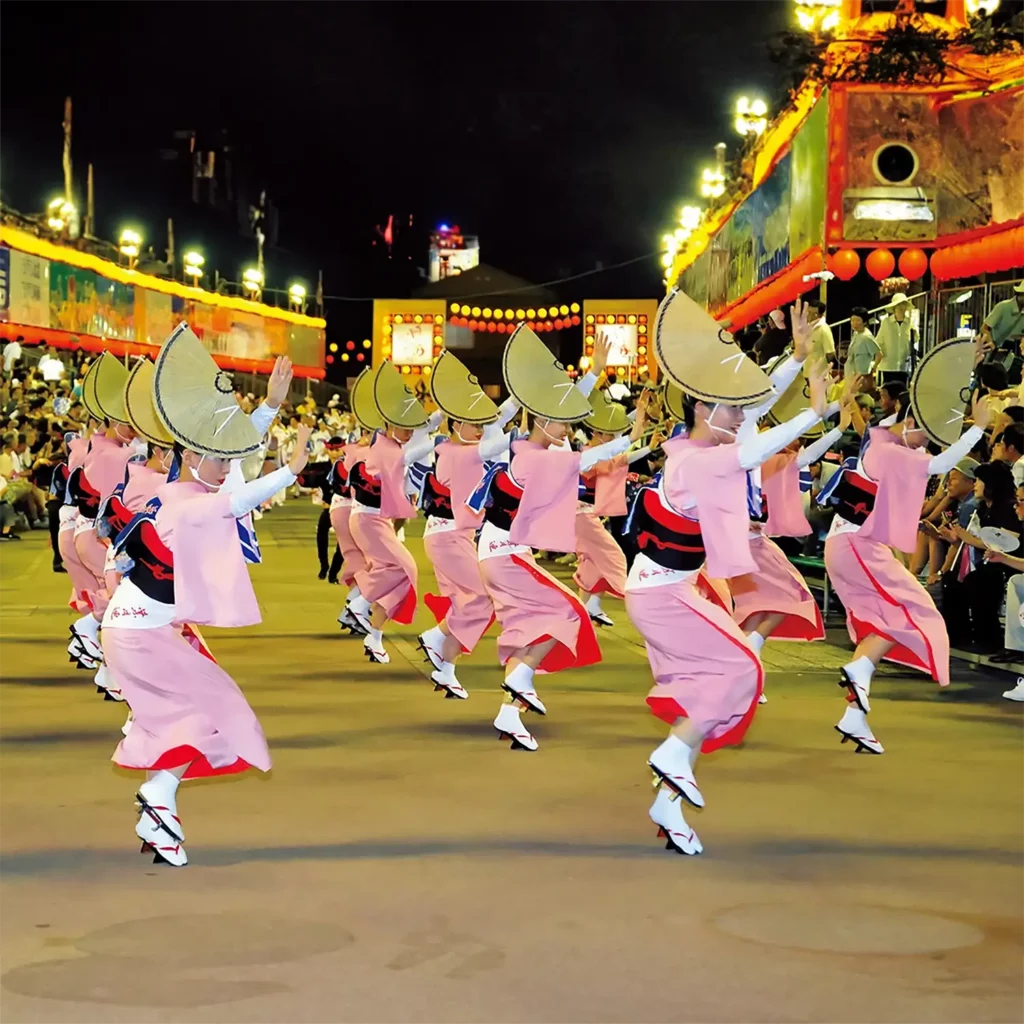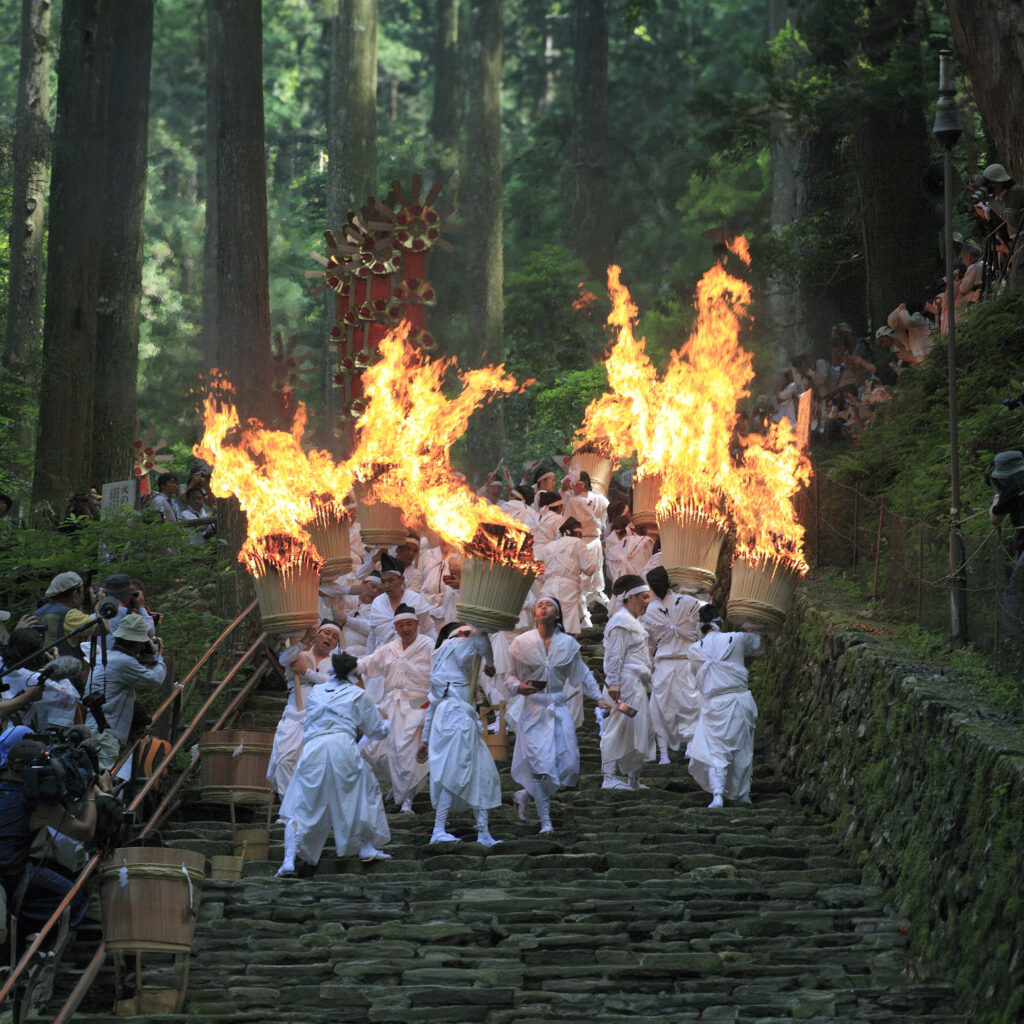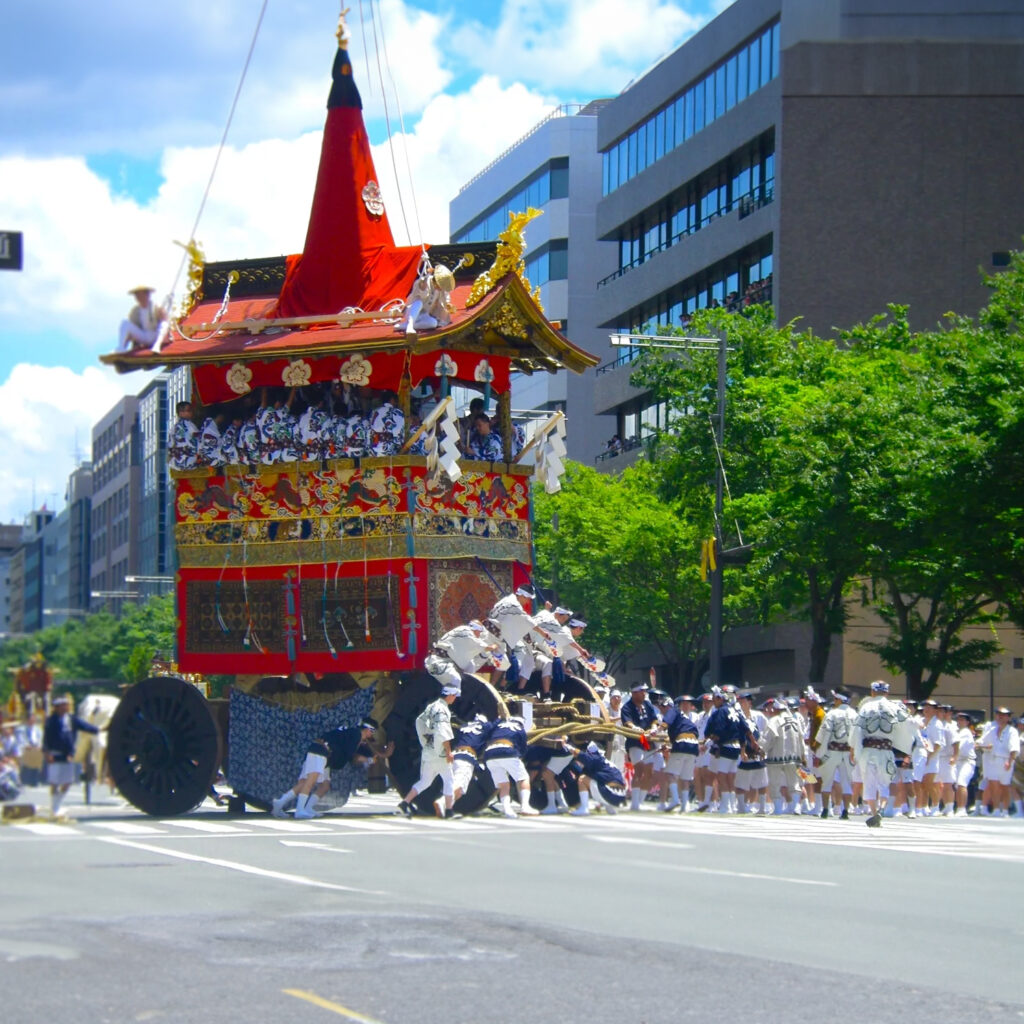Japan is renowned for its colorful traditional festivals, and among them, the Awa Dance Festival (Awa Odori) in Tokushima is one of the most iconic. Every summer, Tokushima Prefecture comes alive with this unique cultural celebration, attracting thousands of visitors from all over the world to witness this colorful and history-rich event. In this article, we will explore in detail the history, the cultural significance, the playful dances and the essential elements that make the Awa Odori Festival an unforgettable experience.
History of the Awa Odori Festival
The Awa Odori Festival dates back more than four centuries, with its origins dating back to the Edo period (1603-1868). Legend has it that the festival was established in 1587 when feudal lord Hachisuka Iemasa held a party to celebrate the construction of Awa Castle (now Tokushima). However, the villagers celebrated this inauguration so much that they were criticized for being “good dancer, bad samurai” (Awa odori, asobase samurai) and thus the name “Awa Odori” was born.
The Cultural Significance
The Awa Odori Festival holds deep cultural significance for the people of Tokushima. It is considered a way to commemorate ancestors and celebrate life, as well as a way to entertain local Shinto gods. The rhythmic dances and lively songs also symbolize the spirit of joy and camaraderie, creating an atmosphere of contagious euphoria that spreads through the streets of Tokushima for the duration of the festival.
Awa Odori Dances
Awa Odori dances are characterized by their simplicity and elegance. Participants, dressed in traditional costumes such as “yukata” (summer kimono), gather in groups and form dance processions that travel through the streets to the sound of taiko drums, shamisen (a three-stringed instrument) and shakuhachi flutes. The dancers move in formation, performing playful steps and graceful gestures to the rhythm of the music. Rhythmic and synchronized movements testify to the coordination and cohesion of the community.
Festival Essentials
The Awa Odori Festival takes place every year from August 12 to 15. The festivities begin each evening at dusk and continue until late at night, creating an electric atmosphere in the streets lit by lanterns. The participants are divided into four categories: the “ren”, groups of professional dancers; the “furi”, the amateur dancers; the “hayashi”, the musicians accompanying the dancers; and the “te-odori”, the street dancers open to all.
The festival is open to all, and visitors are warmly invited to join the dance processions. The joyful and welcoming atmosphere often encourages spectators to spontaneously join in the fun, making the Awa Odori Festival a unique participatory experience.
Tourist and Economic Impact
The Awa Odori Festival plays an essential role in tourism in the Tokushima region. Each year, thousands of domestic and international visitors flock to the prefecture to witness this vibrant celebration immersed in traditional Japanese culture. The influx of tourists creates significant economic activity for the region, stimulating the hotel industry, restaurants and local crafts.
The Awa Dance Festival (Awa Odori) in Tokushima is much more than just a cultural event, it is an immersive experience at the heart of Japanese culture. Its centuries-old heritage, deep meaning and playful dances make it a one-of-a-kind celebration. For all those who aspire to discover the cultural richness of Japan, the Awa Odori Festival is an unmissable event. By participating in this enchanting celebration, visitors will have a memorable experience and come into communion with the festive spirit and warm hospitality of the people of Tokushima.



